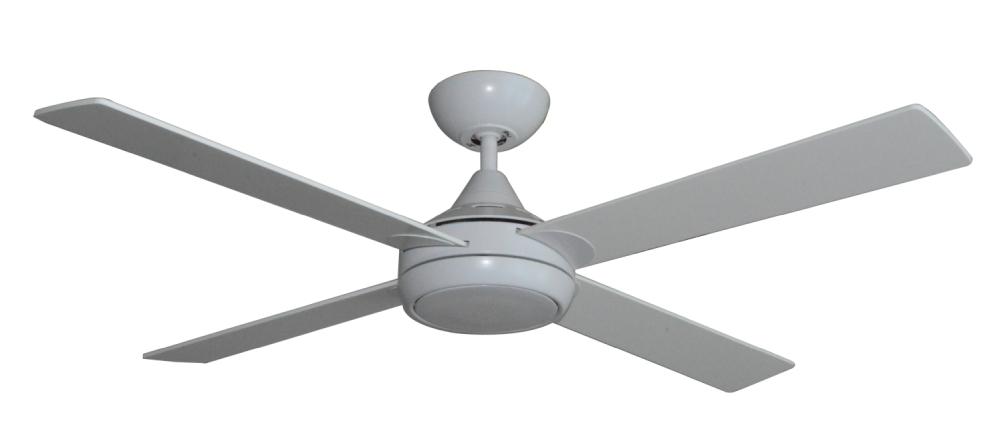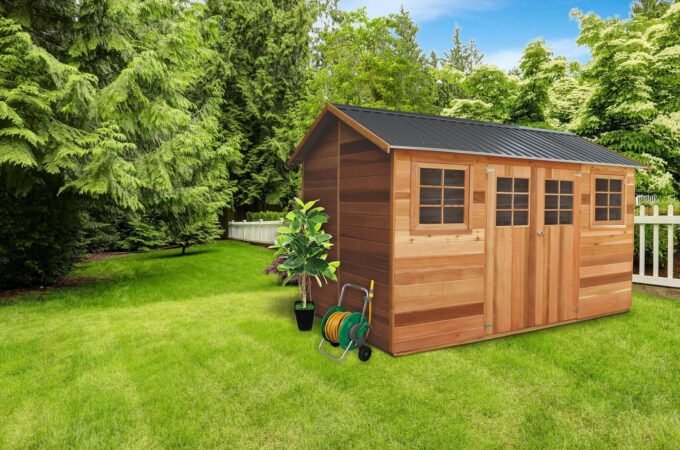
Tips To Protect Your Outdoor Ceiling Fan From Excess Moisture
An outdoor ceiling fan installed in your patio or front deck can be an excellent way of staying refreshed on hot summer days. It also serves as a more cost and energy-efficient alternative to installing an air conditioner. The outdoor fans are extremely vulnerable to moisture. Even when you invest in high-quality ceiling fans, not caring for them can cause the fans to develop rust over time. The chances of rusting increase drastically in low-cost ceiling fans which tend to deteriorate its overall performance in the long run. Keeping such things in mind, we have assembled a list of tips that can be followed to keep the fans looking as good as new:
- While you buy ceiling fans online, you might come across wet-rated and damp-rated variants. The first one comes with UL listings making them eligible for outdoor use. You can install these fans in areas having direct exposure to water. However, while installing the wet-rated fans, you need to use the appropriate hardware to keep the ceiling fan’s electrical connections and internals protected from water. The best thing about these wet-rated fans is that they can sustain washes without inflicting damages to the hose. Next comes ceiling fans having damp-rating. These can be used only in damp or dry regions and are vulnerable to damage following rain exposure.
- The material construction of your outdoor ceiling fan has a big role to play in determining its durability. Stainless steel serves as an excellent rust-resistant material that can sustain outdoor use. Though resin and plastic are also great choices, they are not very substantial and get blown around easily in windy weather.
- Wet-rated ceiling fans can be installed in both covered and open spaces inclusive of gazebos, patios, and pergolas. It can be installed in humid areas near the oceans without any worry about quality deterioration. Damp-rated ceiling fans, on the other hand, should ideally be installed in dry areas of your porch or patio. Both wet and damp-rated fans can be installed indoors. The ceiling fans which do not have a damp or wet rating cannot withstand temperature, moisture, or UV exposure.

Conclusion
Homeowners rarely understand the difference between outdoor and indoor ceiling fans and the different varieties of outdoor ceiling fans. All ceiling fans are accompanied by a UL or Underwriters Laboratories rating. These certifications aim to make all products and appliances safer for the end customers. A third-party certification company generates these UL ratings and has been certifying products since 1894. Consumers can determine the type of ceiling fan they should buy for a particular area or room of their home or business through these UL ratings. All the ratings are based on the exposure of the ceiling fans to environmental elements and the surrounding moisture levels.
Summer months stand incomplete without the barbeque sessions on weekends with family. The warmer weather calls for spending more time hanging out at the porch or patio. Installing an outdoor ceiling fan becomes essential to cater to your comfort quotient and keep the air circulating. The outdoor fans can keep you cool during these humid days while warding off flies and insects. But getting the perfect outdoor ceiling fan can be a tough job to crack as the ceiling fan gets constantly exposed to the effects of weather. Your aim should be to get a ceiling fan that accents your home design while offering heavy-duty functionality on the face of rain, storm, and similar environmental stimuli. It all comes down to the level of moisture your ceiling fan is being exposed to. If you reside in a place that gets a significant amount of summer rainfall, then you should stick with installing wet-rated outdoor ceiling fans in areas that are most vulnerable to moisture.




